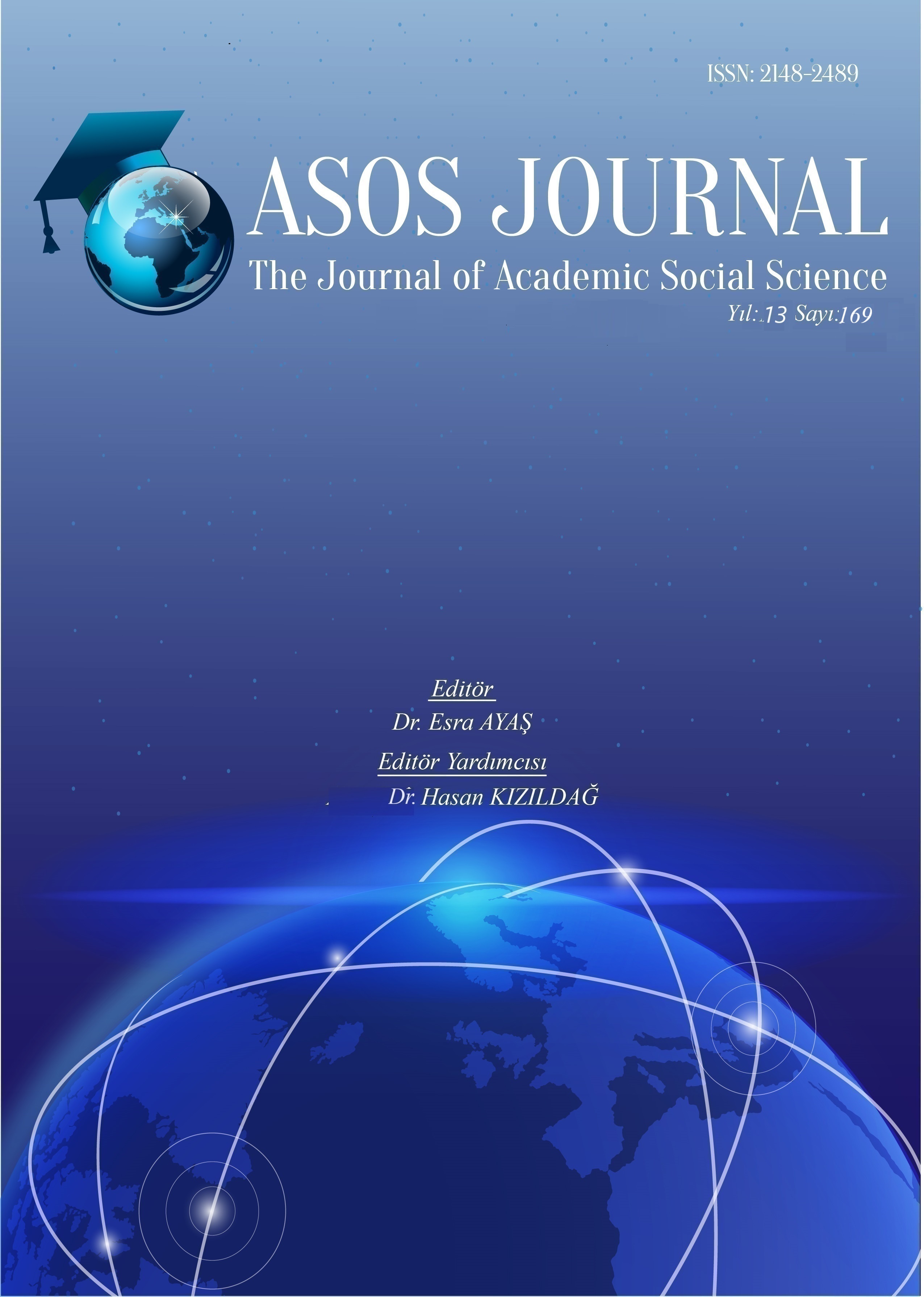Author :
Abstract
Türkiye’de 2025 yılının Cumhurbaşkanlığı tarafından “Aile Yılı” ilan edilmesi sebebiyle, tasarlanan kamu politikalarında aile politikalarının kendisine nasıl bir yer bulduğu önemli hale gelmiştir. Bu durum bu çalışmanın temel moti-vasyon kaynağı olmuş; çalışmada, Türkiye’de aile kurumu ile ilgili kamu politika-larının, devletin üst politika belgeleri üzerinden incelenmesi amaçlanmıştır. Bu amaç çerçevesinde On İkinci Kalkınma Planı, Aile ve Sosyal Hizmetler Başkanlığı Stratejik Planı, Cumhurbaşkanlığı Yıllık Programı ve Orta Vadeli Program nitel araştırmalarda sıklıkla kullanılan bir veri toplama yöntemi olan doküman incele-mesi yöntemiyle incelenmiş, üst politika belgelerinde aile kurumuna dair hangi politikaların tasarlandığı, hangi konulara yer verildiği içerik analizi yöntemiyle analiz edilmiştir. Çalışma bulguları, incelenen belgeler arasında güçlü bir uyum bulunduğunu ortaya koymaktadır. Belgelerde özellikle aile kurumunun korunma-sı ve güçlendirilmesi; koruyucu ve önleyici hizmetlerin yaygınlaştırılması; ailelere yönelik eğitim, danışmanlık ve psikososyal desteğin artırılması üzerinde durul-maktadır. Ayrıca kadınların güçlendirilmesi, şiddetten korunmaları, istihdama eri-şimleri ve karar alma süreçlerinde temsillerinin sağlanması; boşanmaların temel nedenlerinin tespit edilip azaltılması; çocuk koruma politikalarının etkinleştiril-mesi; aile sorunlarına yönelik araştırmaların gerçekleştirilmesi ve aileye yönelik insan kaynağı kapasitesinin güçlendirilmesi de belgelerde öne çıkan önemli hedef-lerdir.
Keywords
Abstract
Due to the declaration of 2025 as the “Year of the Family” by the Presidency of Türkiye, the place of family policies in the designed public policies has become important. This situation was the main motivation for this study, which aims to examine public policies related to the institution of family in Türkiye through the state's top policy documents. Within this framework, the Twelfth Development Plan, the Ministry of Family and Social Services Strategic Plan, the Presidential Annual Program, and the Medium-Term Program were examined using the document review method, a data collection method frequently used in qualitative research. The policies designed for the family institution and the topics covered in the top policy documents were analyzed using content analysis. The findings of the study reveal a strong consistency among the documents examined. The documents emphasize the protection and strengthening of the family institution; the expansion of protective and preventive services; and the increase in education, counseling, and psychosocial support for families. In addition, empowering women, protecting them from violence, ensuring their access to employment and representation in decision-making processes; identifying and reducing the root causes of divorce; activating child protection policies; conducting research on family issues; and strengthening human resource capacity for families are also important goals highlighted in the documents.





